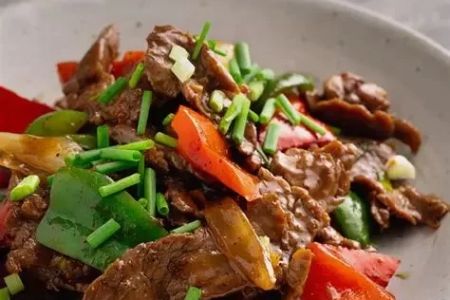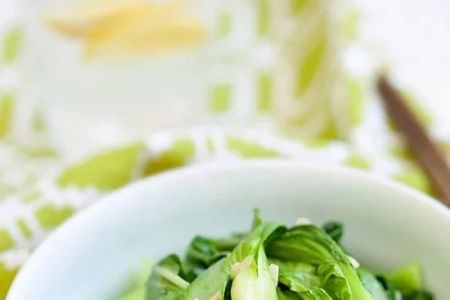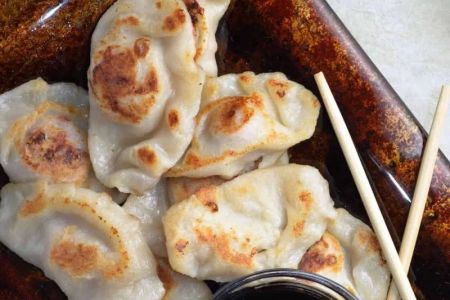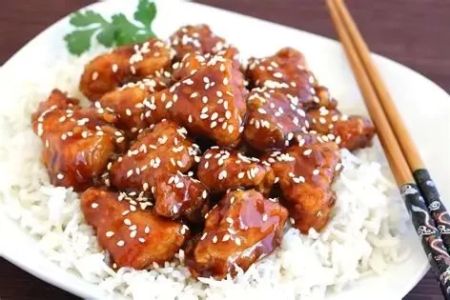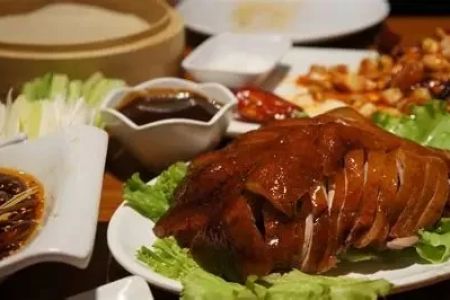- 1-Overview-of-chinese-food-safety-standards-in-the-usa
- 2-Key-regulatory-agencies-and-requirements
- 3-Common-challenges-and-areas-of-focus
- 4-Real-world-examples-and-impacts
- 5-How-chinese-food-supports-safe-and-quality-products
1. Overview of Chinese Food Safety Standards in the USA
Chinese food safety standards in the USA pertain primarily to imported Chinese food products and how they meet the stringent requirements set by American regulatory bodies. The focus lies on ensuring that these products comply with U.S. food safety laws to protect consumers from contamination, adulteration, and mislabeling.
As Chinese cuisine continues to grow in popularity across the States, understanding these safety standards becomes essential for consumers and importers alike.
1.1 Integration with U.S. Food Safety Policies
Imported Chinese food items must comply with U.S. FDA regulations and USDA standards where applicable. This integration aims to uphold a uniform food safety framework that maintains high quality and safety for all foods consumed domestically.
2. Key Regulatory Agencies and Requirements
The primary agencies overseeing Chinese food safety standards in the USA include the Food and Drug Administration (FDA), the United States Department of Agriculture (USDA), and the Customs and Border Protection (CBP).
2.1 FDA’s Role in Food Safety
The FDA enforces regulations regarding food additives, contaminants, labeling, and facility inspections for imported foods. Chinese exporters must register their facilities and comply with FDA’s Hazard Analysis and Critical Control Points (HACCP) guidelines.
2.2 USDA and Meat/Poultry Imports
USDA supervises meat and poultry products, ensuring that Chinese imports meet health standards and inspection requirements before entering the U.S. market.
3. Common Challenges and Areas of Focus
Despite rigorous regulations, challenges remain, such as monitoring pesticide residues, heavy metals, and microbial contamination in Chinese food products.
3.1 Traceability and Transparency
Tracking the source and production processes of imported Chinese foods is critical for safety assurance. Enhanced transparency helps in swift recalls and preventing health risks.
3.2 Cultural and Regulatory Differences
Differences in food safety practices between China and the USA sometimes require additional testing or certification to satisfy U.S. standards.
4. Real-World Examples and Impacts
There have been notable cases where Chinese food imports were detained or recalled due to safety concerns, such as contamination incidents involving seafood or herbal products. These events prompted stricter inspections and increased consumer awareness.
Conversely, many reputable Chinese food brands have successfully met U.S. safety standards, offering high-quality products trusted by consumers nationwide.
5. How Chinese Food Supports Safe and Quality Products
For those interested in authentic and safe Chinese cuisine, Chinese Food provides access to carefully vetted products and reliable suppliers committed to quality and compliance with U.S. safety standards.
By choosing trusted sources, consumers can enjoy the rich flavors of Chinese cuisine while feeling confident in the safety and integrity of their food.



